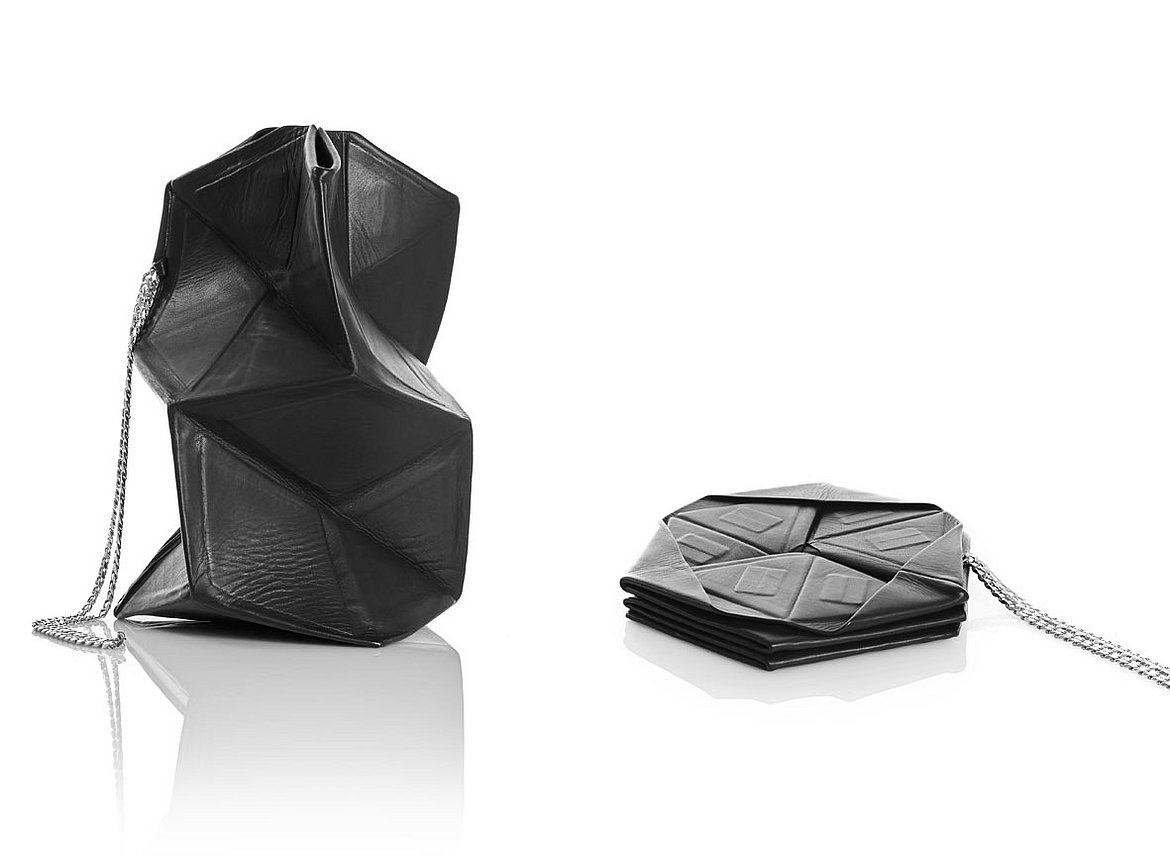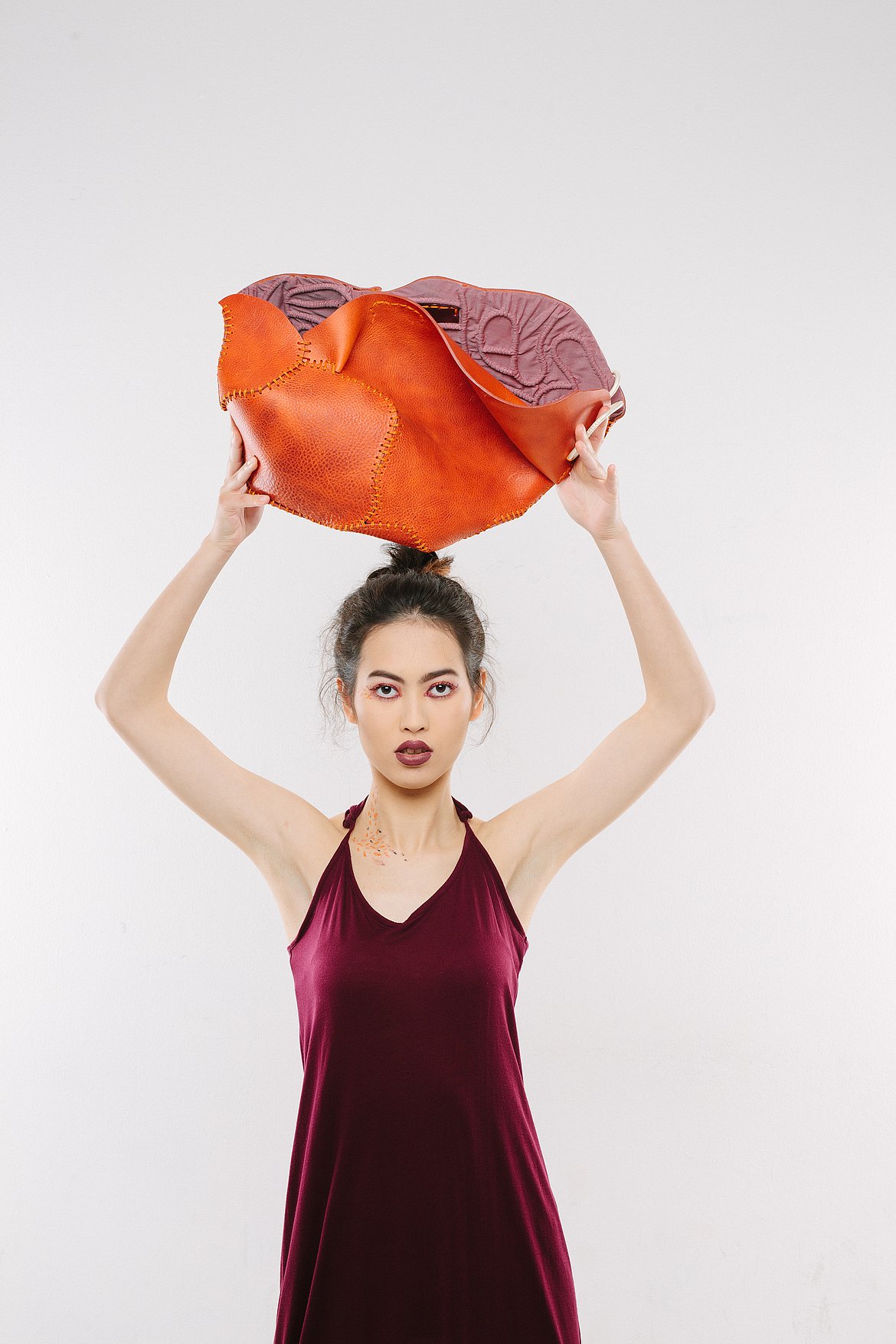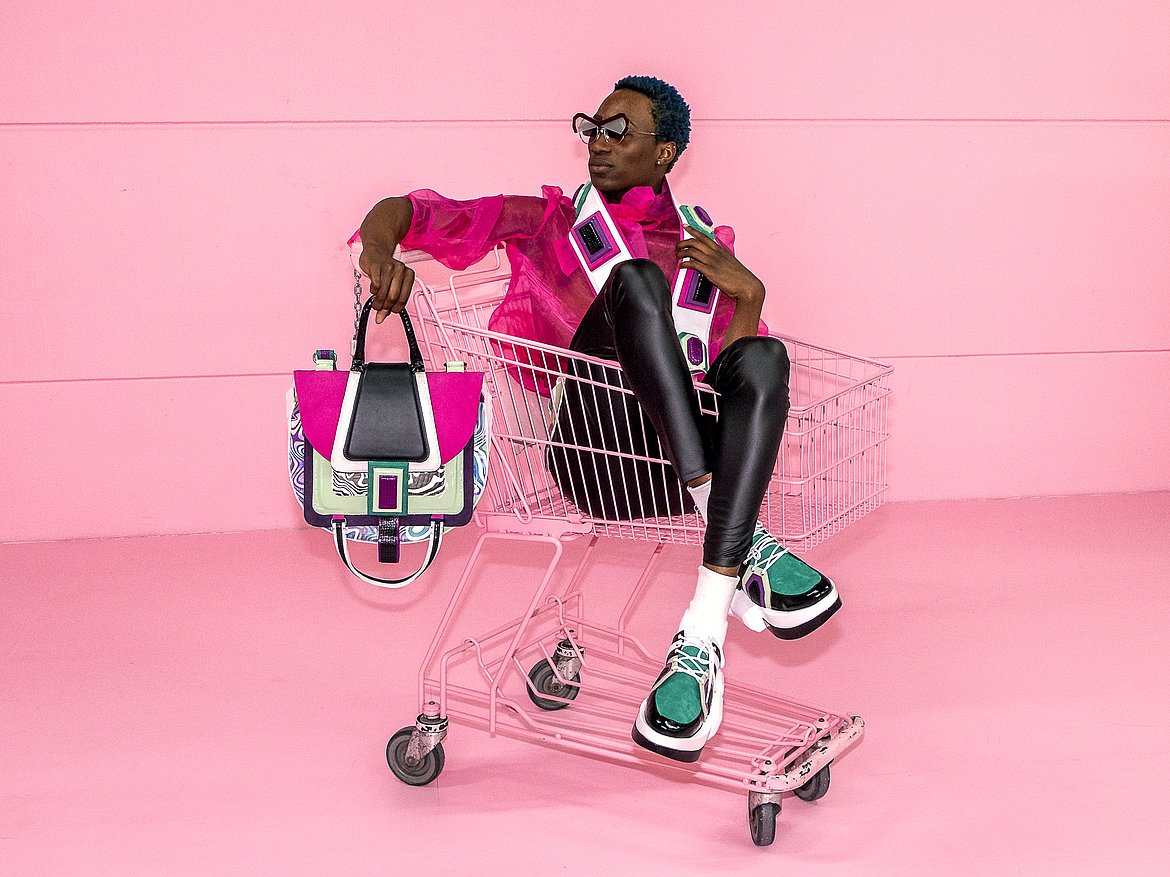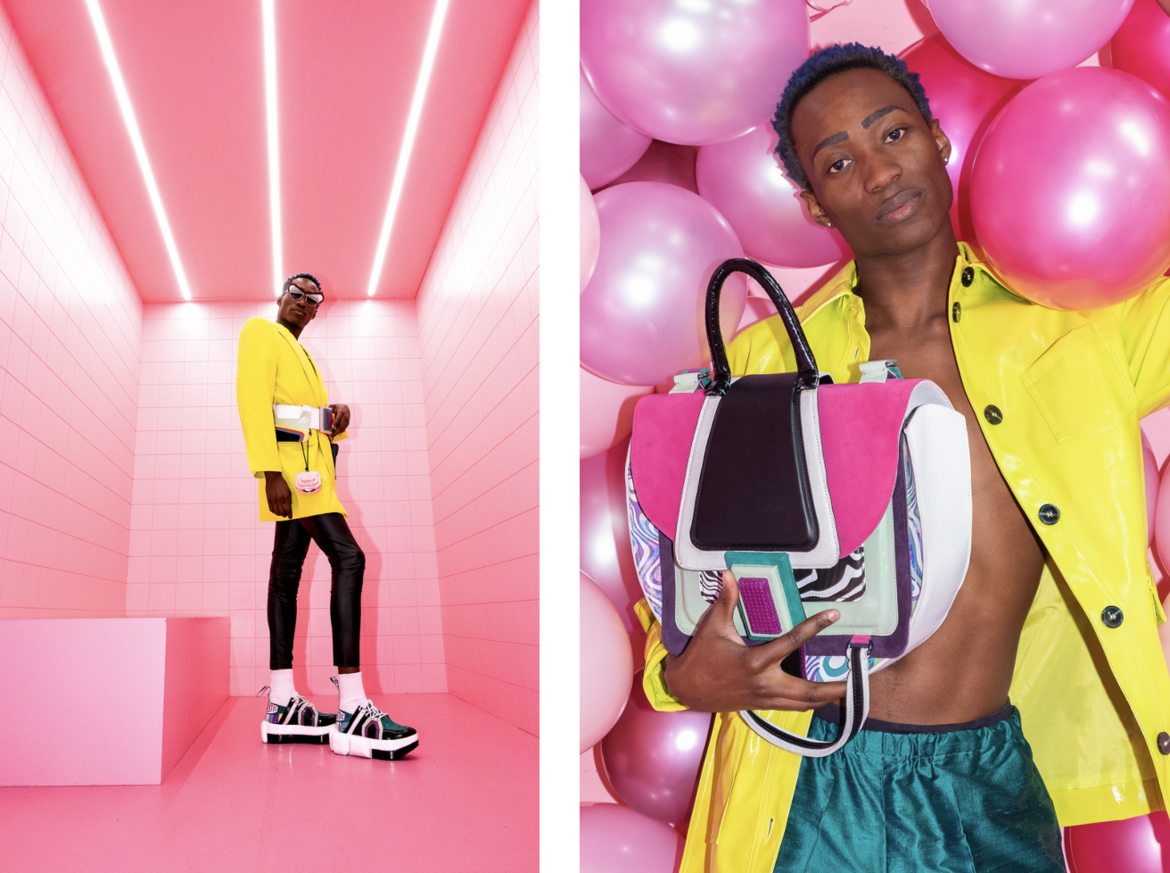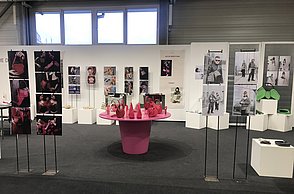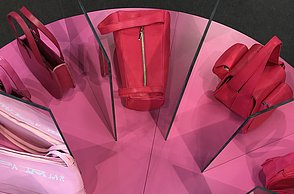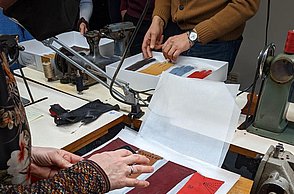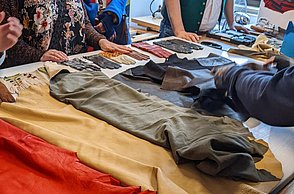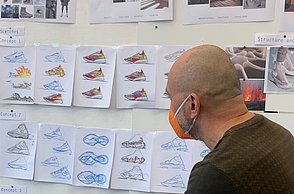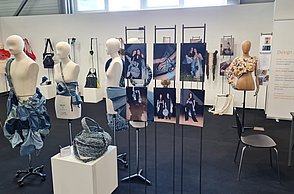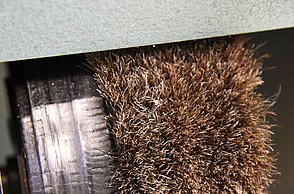Teaching in the Accessory Design program is a synthesis of art, design, creativity, science and practice. Emphasis is placed on topics such as social and cultural influences on accessories and fashion, as well as aesthetics, composition and color theory, which are incorporated into project concepts and their practical implementation.
The course covers the design of accessories from one-of-a-kind to serial products. All areas of women's and men's accessories are covered: shoes, bags and luggage, belts and small leather goods, eyewear, scarves, hats and associated details such as clasps, buttons and other decorative elements. Here, work is done on a variety of levels, from one-of-a-kind items to designer and branded accessories, to models with a functional twist or with digital/interactive features.
The Accessory Design program regularly works on projects in cooperation with national and international partners.
„If you always want to go above and beyond and are looking for new challenges, you will definitely find what you are looking for here. Hardly any other course of study offers such limitless variety. Each accessory opens up a whole world of its own to explore. With the combination of theory, fine arts and crafts, you can realize your ideas here and make a statement.“
Julia Suppanz, Student
Studying at Design PF
The School of Design is renowned for the integration of artistic training subjects such as painting, drawing, sculpture and in the still and moving image. The cultural studies subjects such as Aesthetic Thinking and Global Thinking serve to intensify the possibilities of perception. Many years of experience show that students draw on this practical and theoretical fund and gain indispensable stimuli for their own careers. In addition, there are interdisciplinary projects that offer the opportunity to collaborate with other design fields such as jewelry, fashion or industrial design.
Course of studies
The first semesters focus on experimenting with shapes, colors, materials, cuts and draping. Themes from various areas of accessories are analyzed and concepts for collections or individual pieces are developed. Students then learn to develop their own versatile yet distinctive style in project work that integrates all levels of training. In addition, project work strengthens communication and decision-making skills as well as creative thinking. Knowledge of economics, management and marketing in the Design and Business course complement the basic knowledge necessary for all areas of design. In the 5th semester, an internship semester, preferably abroad, is mandatory. Excursions, guest lectures and workshops are realized and stays abroad for study and practice are encouraged.
Regular participation in international competitions is an important part of the training. In addition, the students take part in various fashion shows and exhibitions and present their final projects each semester in a public work show in Pforzheim, organized in all details on their own responsibility.

